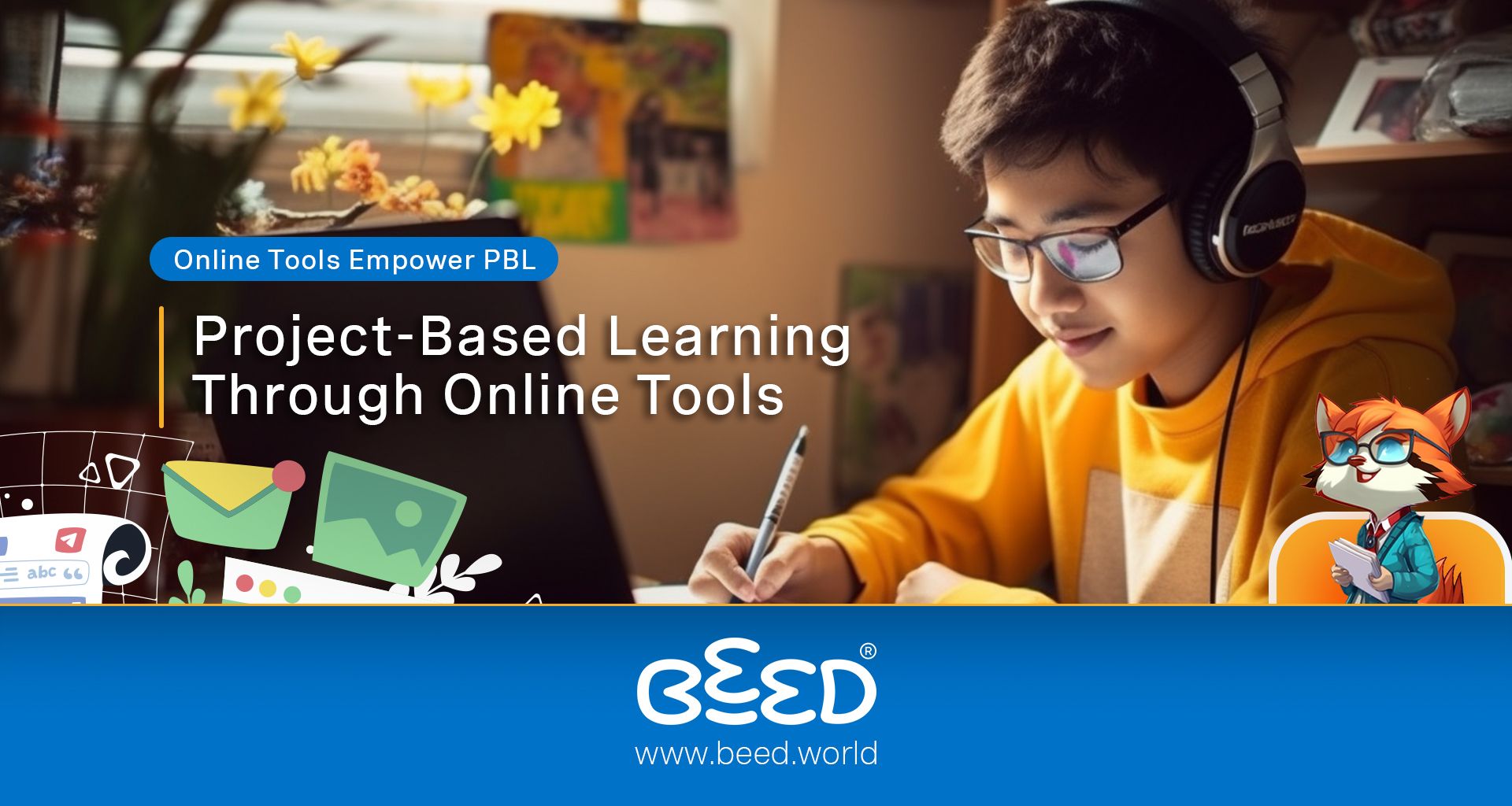Project-Based Learning Through Online Tools

Project-based learning (PBL) has become a popular pedagogical approach due to its effectiveness in fostering deeper learning, collaboration, and critical thinking skills. However, traditional PBL can be limited by physical resources and classroom space. This case study explores how online tools can enhance project-based learning by providing new avenues for research, collaboration, and communication.
The Power of Project-Based Learning
PBL engages students in real-world problems and encourages them to take ownership of their learning. Students work collaboratively on projects that culminate in a final product or presentation. This approach fosters:
Critical Thinking and Problem-Solving: Students develop these skills as they research, analyse, and propose solutions to project challenges.
Collaboration and Communication: Students learn to work effectively in teams, share ideas, and communicate their findings.
Creativity and Innovation: Projects allow students to express their ideas creatively and explore innovative solutions.
Online Tools Empower PBL
The internet offers a vast array of online tools that can significantly enhance PBL experiences. Here are some examples:
Collaboration Platforms: Tools like Google Classroom, Seesaw, and Edmodo allow students to share resources, communicate with peers and teachers, and manage project tasks in a centralised online space.
Research and Content Creation: Online databases, educational websites, and multimedia creation tools like Powtoon and Canva empower students to research effectively and create engaging presentations or digital artefacts.
Communication and Feedback Tools: Video conferencing platforms like Zoom or Google Meet facilitate communication between teams, allowing remote collaboration and expert consultations. Students can also receive real-time feedback from teachers and peers.
Case Study: Designing a Sustainable City
Imagine a 7th-grade science class undertaking a project on designing a sustainable city. Students can leverage online tools in the following ways:
Research: Students can use online databases and educational websites to gather information on renewable energy sources, sustainable building practices, and waste management.
Collaboration: Teams can use online platforms to share research findings, brainstorm ideas, and divide tasks.
Communication and Feedback: Students can use video conferencing to interview local sustainability experts and receive feedback on their city designs.
Creation: Students can use design software or online presentation tools to create a 3D model or infographic showcasing their sustainable city.
Benefits:
Enhanced Engagement: Online tools provide a dynamic and interactive learning environment, fostering deeper student engagement in projects.
Increased Collaboration: Students can collaborate more effectively with peers from different locations, enriching the learning experience.
21st Century Skills Development: Project-based learning with online tools helps students develop essential digital literacy and communication skills.
Challenges:
Technology Access: Unequal access to computers and reliable internet can create equity issues.
Teacher Training: Educators need training on integrating online tools effectively into their PBL curriculum.
Digital Citizenship: Ensuring responsible online behaviour and data safety requires clear guidelines and student instruction.
Conclusion
Online tools offer exciting possibilities for project-based learning. By leveraging these tools, educators can create engaging and collaborative learning experiences that prepare students for success in a digital world. However, careful consideration of access, teacher training, and digital citizenship is crucial to ensuring the equitable and effective implementation of PBL with online tools.